Reporter (PV):
Major General Pham Thanh Khiet: In modern warfare, weapons and technical equipment play a very important role, directly affecting the effectiveness of combat. With the ability to maneuver quickly, good armor protection, strong firepower, military vehicles can suppress and destroy targets, perform transportation, supply, rescue, and relief missions... The reality of recent wars and military conflicts in the world shows the important role of military vehicles. Tanks, infantry fighting vehicles, multi-purpose armored vehicles, command and reconnaissance vehicles... are widely used by armies of many countries in combat.
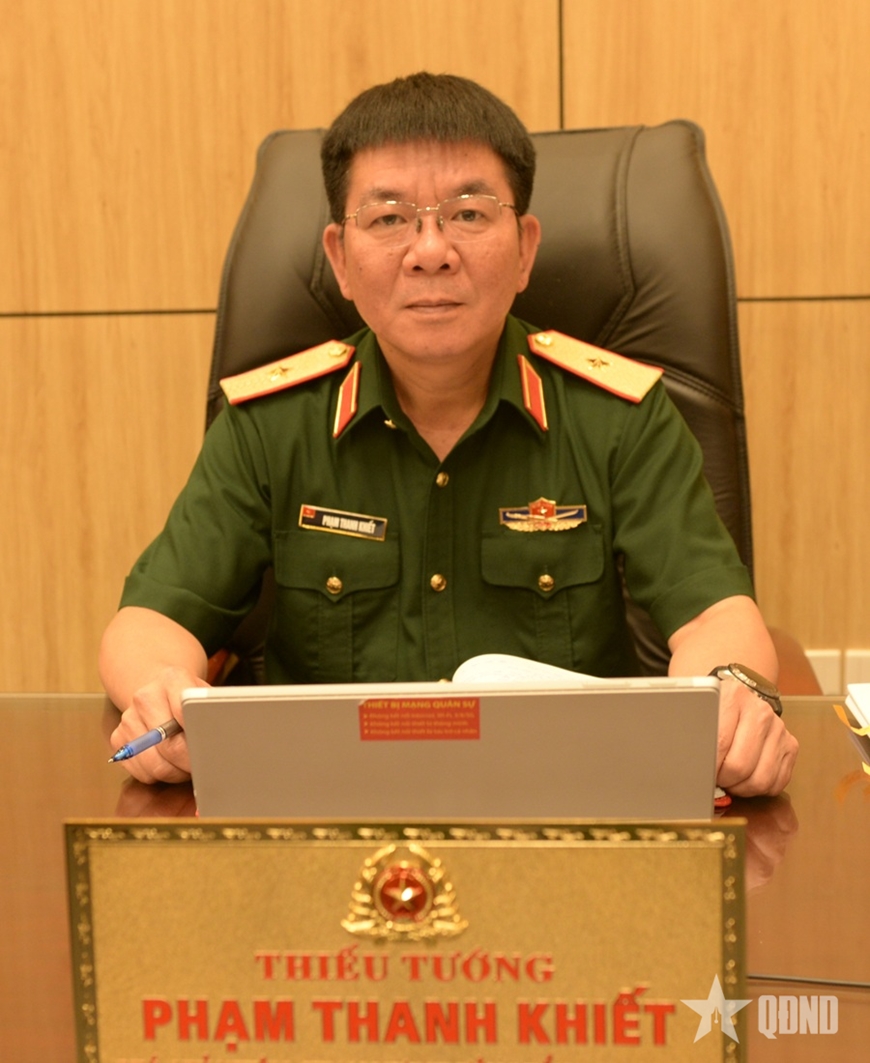 |
| Major General Pham Thanh Khiet. |
Over the past time, the Vietnamese defense industry has gradually mastered science and technology in researching, manufacturing, assembling, improving and modernizing a number of military vehicle lines. This is an important premise for the Ministry of National Defense to build Project 4461 according to the tasks assigned by the Government. The goal of the project is to form an independent, autonomous, modern, synchronous Vietnamese military vehicle industry, closely linked with the national industry; capable of researching, manufacturing, producing, repairing, improving, modernizing and testing key military vehicle lines. Clearly defining the requirements for mastering basic and core technologies, increasing the localization rate, building a stable domestic supply chain and building a synchronous technical standards system, modern technical infrastructure, creating a solid foundation for the military vehicle industry to develop sustainably, in accordance with the operational requirements of the Army in the new situation.
PV:
Major General Pham Thanh Khiet: Thoroughly grasping the spirit of Resolution No. 08-NQ/TW dated January 26, 2022 of the Politburo on promoting the development of the defense industry until 2030 and the following years, the defense industry is determined to be closely linked and become the spearhead of the national industry. In particular, the military vehicle industry is the core component, developing synchronously in terms of force organization, research capacity, production, repair and quality management system.
In fact, military wheeled vehicles have many similarities with civilian cars in terms of technology platform and supply chain, such as: Chassis design, engine, gearbox, suspension system, vehicle control electrical-electronic system... This is a favorable condition for us to take advantage of technology and infrastructure as well as the supply chain of the civilian automobile industry to serve the production of military vehicles, especially transport vehicles, troop transport vehicles, logistics vehicles... In addition, the strict requirements for high durability, heavy load capacity, and operation in harsh environments of military vehicles will promote the civilian automobile industry to innovate technology, improve production standards, both serving defense and security goals and contributing to the formation of a stable domestic supply chain, improving self-sufficiency and reducing dependence on imported components.
In terms of military art, military vehicles must not only be modern and multi-purpose but also must be suitable for the characteristics of terrain, climate, combat methods, and Vietnamese military art. Therefore, the requirement for developing specialized military vehicles must be highly maneuverable, able to wade through water, overcome complex terrain, easy to maintain in field conditions, and able to integrate modern weapons and equipment to serve fast, accurate, and unexpected combat...
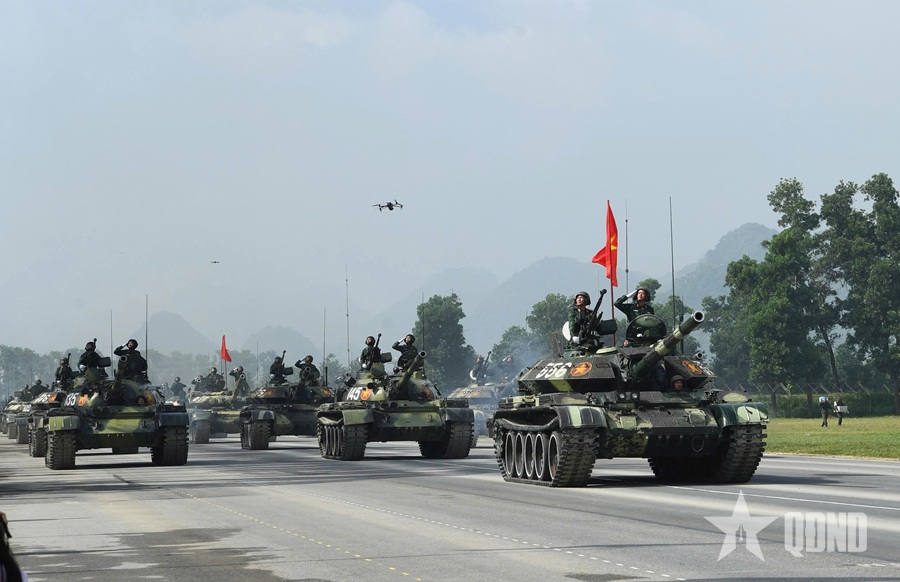 |
| Tanks march past the stage during a rehearsal for the parade to celebrate the 80th anniversary of the August Revolution and National Day September 2. |
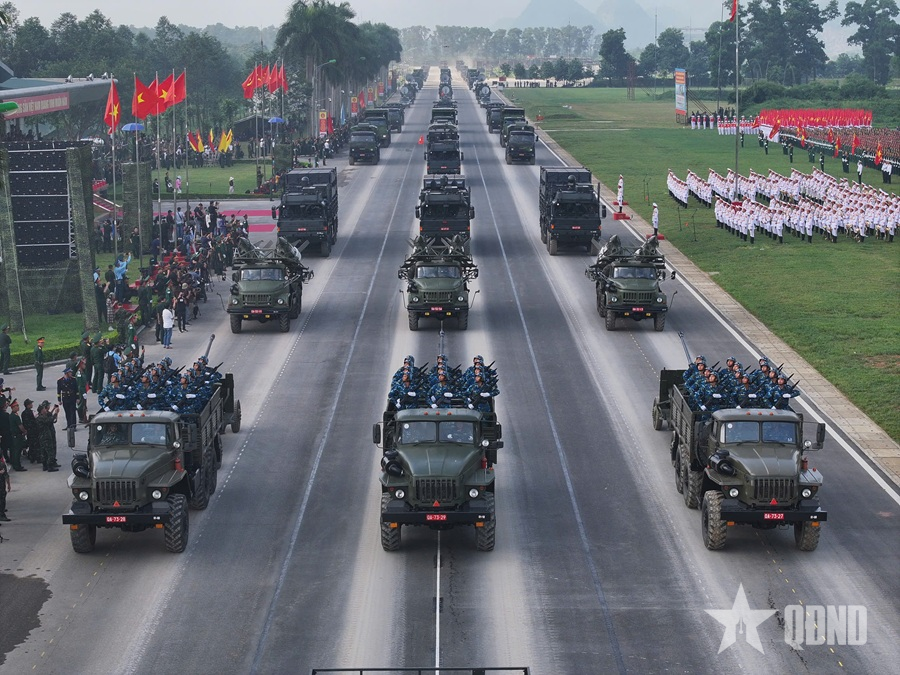 |
| Military vehicles march past the stage during the rehearsal for the parade to celebrate the 80th anniversary of the August Revolution and National Day September 2. Photo: SON HUY HUNG |
PV:
Major General Pham Thanh Khiet: The project focuses on targeted products, focusing on strategic military vehicles, integrating modern weapons; capable of rapid and accurate deployment, meeting the requirements of independent operations and joint operations of military and service branches. Modern warfare has proven that the side with strong mechanized forces has the ability to better occupy battlefields and strategic areas, better control the pace of operations and even change the situation on the battlefield.
Instead of developing each type of vehicle separately, the project advocates applying standardized and modular designs, selecting a number of standard base vehicle lines as a common platform to develop specialized variants, such as: Command vehicles, reconnaissance vehicles, information vehicles, troop transport vehicles, technical transport vehicles... The KLTV (Korea), Boxer (Germany), Stryker (USA)... vehicle lines are proof of the effectiveness of this model. When the variants share the same chassis, powertrain system and many detail assemblies, it will significantly save research and production costs; at the same time, facilitate repair and technical assurance (BDKT).
The work of technical maintenance according to the life cycle of military vehicles is an important content of the project. Military vehicle products are integrated with elements for maintenance, repair, replacement and upgrading according to the usage cycle, facilitating the organization of continuous and effective technical maintenance throughout the entire life cycle of exploitation. On that basis, the project aims to synchronously invest in the basic system from research, manufacturing, production to repair at defense industry facilities, forming a complete technical maintenance network, meeting the requirements of high-intensity training and combat in modern warfare. At the same time, learning from the experience of organizing technical maintenance of countries with advanced military vehicle industries, the project determines to apply the method of "synchronous cluster replacement" instead of the method of detailed repair, in order to shorten the processing time, reduce the workload for technical staff and standardize technical processes, increase maintenance efficiency and maintain a high technical readiness rate.
PV:
Major General Pham Thanh Khiet: This is one of the core contents and has a decisive significance for the sustainable development of the Vietnamese military vehicle industry. If we do not solve this problem well, we will be dependent on external sources of components, materials, and spare parts, making it difficult to be proactive in production and technical innovation, especially in emergency situations or when being surrounded or embargoed. The project identifies: Strengthening cooperation with industrial establishments inside and outside the Army to order the production of details, technical materials, and spare parts with high localization potential, especially common materials and components that can be used for both military and civilian vehicles. Promoting the public-private partnership model in the research, manufacture, and production of military vehicles, clearly defining the boundary between the "military" and "civilian" parts for each product to ensure national defense secrets.
Focus on investing in improving the technological capacity of units participating in the military vehicle production chain to gradually self-produce a part of materials and auxiliary components, gradually increase the localization rate and take the initiative in supply sources. Implement key science and technology programs, projects and tasks, focusing on high-tech, complex parts and assemblies that can replace imported goods. Build a national standard system for military vehicles and components and auxiliary assemblies, as a basis for ordering production and quality inspection, ensuring that domestic enterprises can proactively participate in the supply chain from the beginning.
PV:
Major General Pham Thanh Khiet: These are three fundamental pillars that must be resolved synchronously to ensure the sustainable development of the military vehicle industry. Currently, factories producing spare parts and repairing military vehicles have been established for a long time, with old and outdated equipment, and the technology is mainly mechanical processing. Moreover, we do not have a national military vehicle testing center that meets international standards, capable of synchronously testing durability, vibration, bullet resistance and other technical requirements. Meanwhile, "the precise method of knowledge is testing", which is an indispensable step to verify the quality and readiness of products for use in service. Therefore, the project determines synchronous investment and modernization of the specialized research, production and testing infrastructure system for military vehicles.
The military vehicle industry requires a team of highly qualified officers, engineers, and workers in fields such as mechanical engineering, electronics, automation, materials, etc. The project determines the development of an in-depth training program, combining training in the Army, linking with technical universities outside the Army and practice at factories. Building a professional working environment and a worthy remuneration regime to attract and retain talent.
Regarding the legal framework, there is currently no national technical standards system for military vehicles and no specific legal regulations for research, production and inspection activities. This causes many difficulties in quality management, technical inspection, setting up ordering criteria, attracting enterprises outside the Army to participate in the supply chain and invest in production. Therefore, the project recommends early development and promulgation of a system of specific legal documents for the military vehicle industry. In particular, focusing on promulgating a set of national technical standards and regulations for each line of military vehicles; developing a mechanism for registration, inspection and acceptance of products with specific characteristics; developing incentive mechanisms and financial incentives for enterprises inside and outside the Army to participate in the development of the military vehicle industry.
PV:
SON BINH (performed)
*Please visit the section to see related news and articles.
Source: https://www.qdnd.vn/quoc-phong-an-ninh/xay-dung-quan-doi/tao-nen-tang-vung-chac-phat-trien-cong-nghiep-xe-quan-su-838131








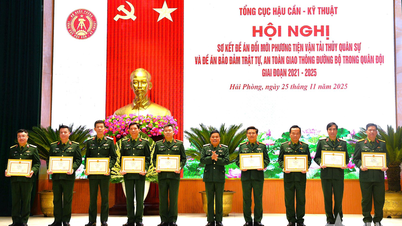
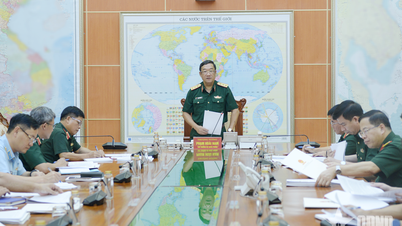


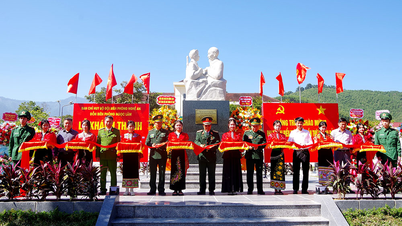
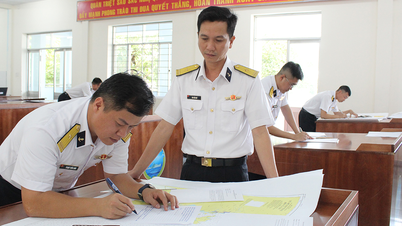
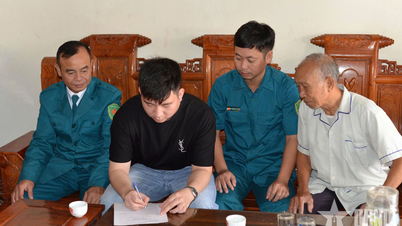
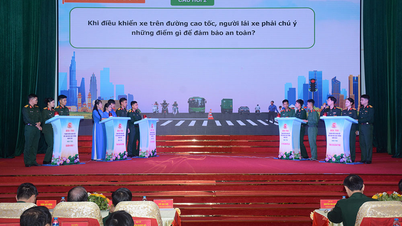

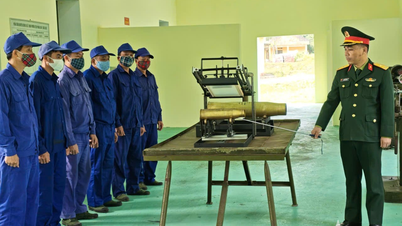




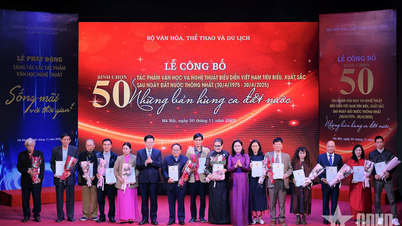

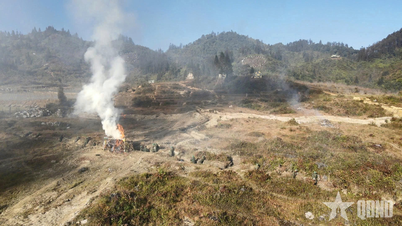
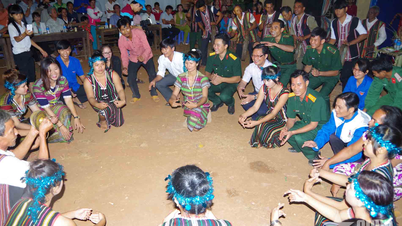
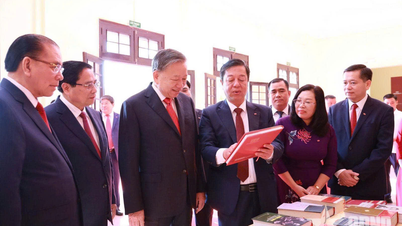



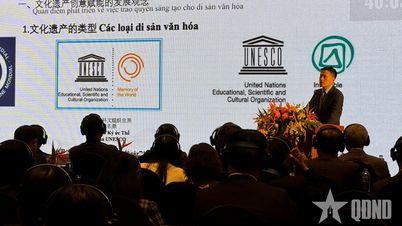
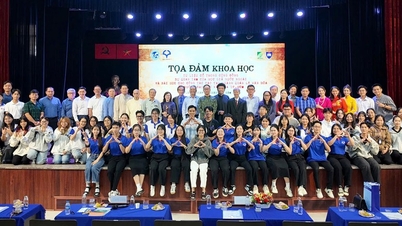

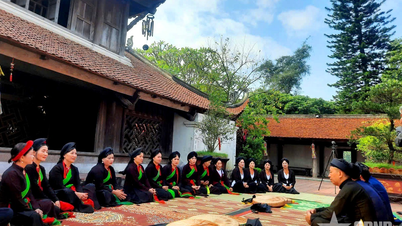




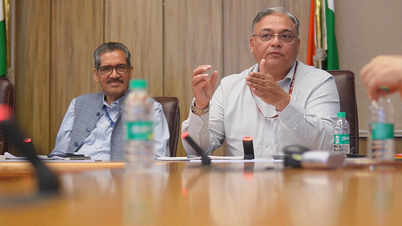

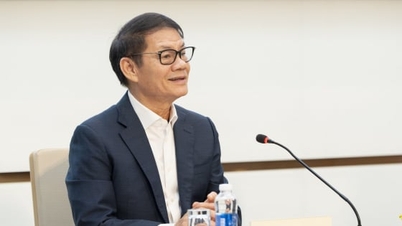

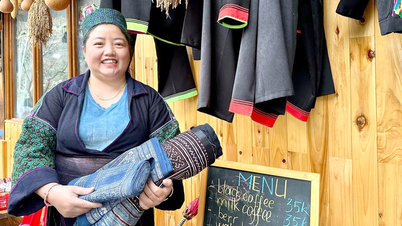





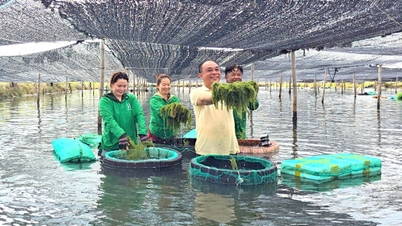
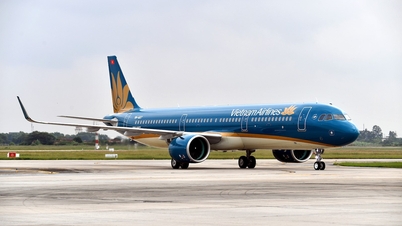

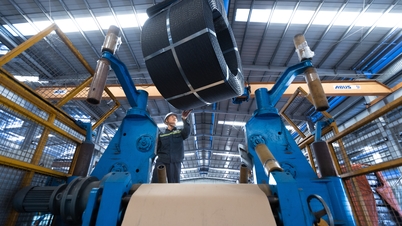
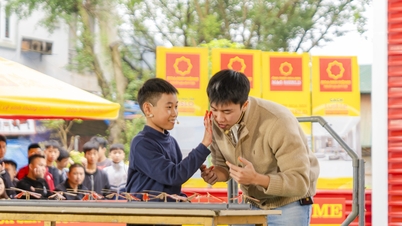
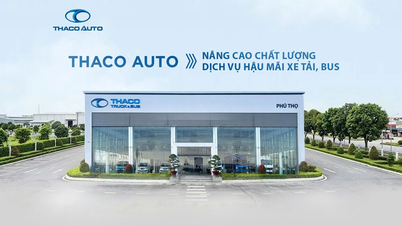

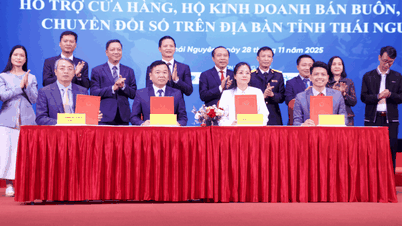








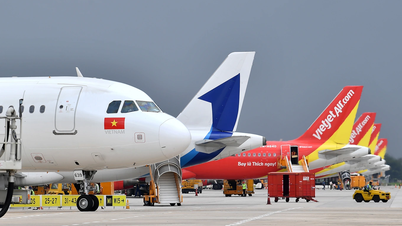
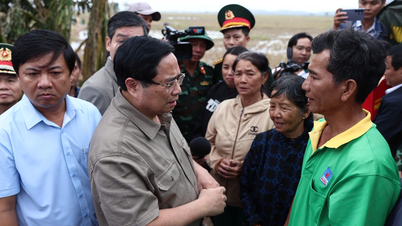

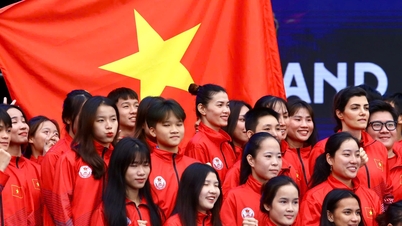


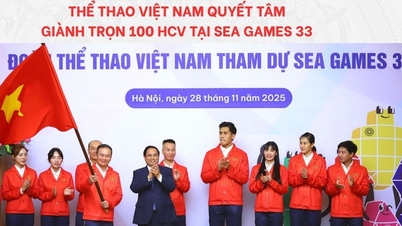



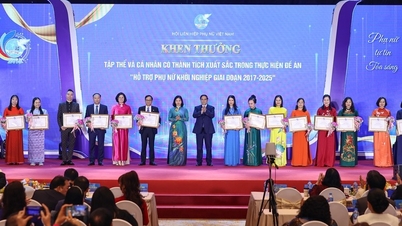


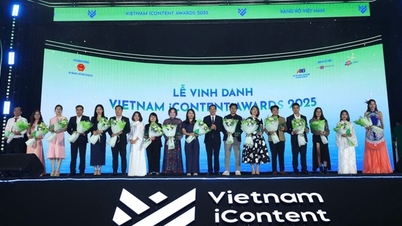
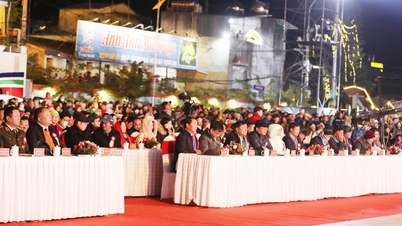
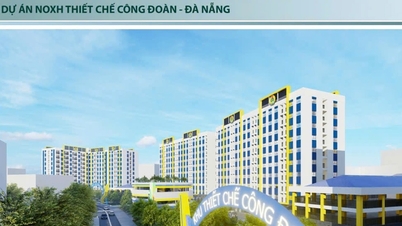







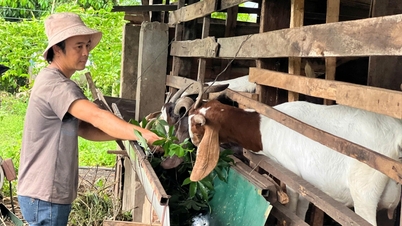











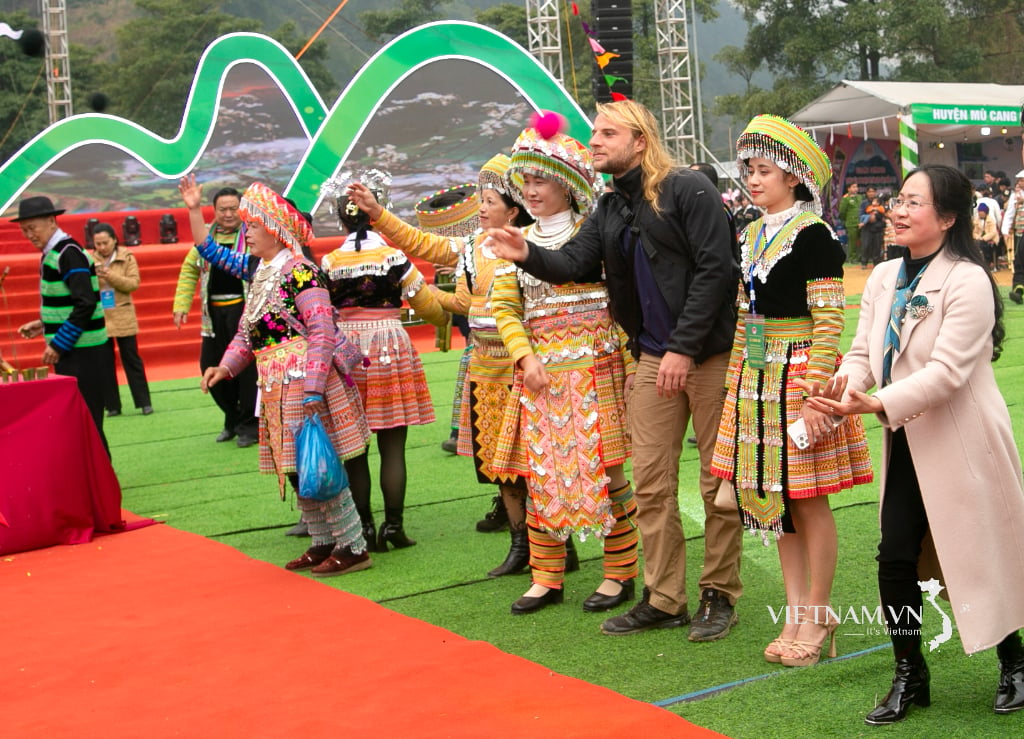


Comment (0)